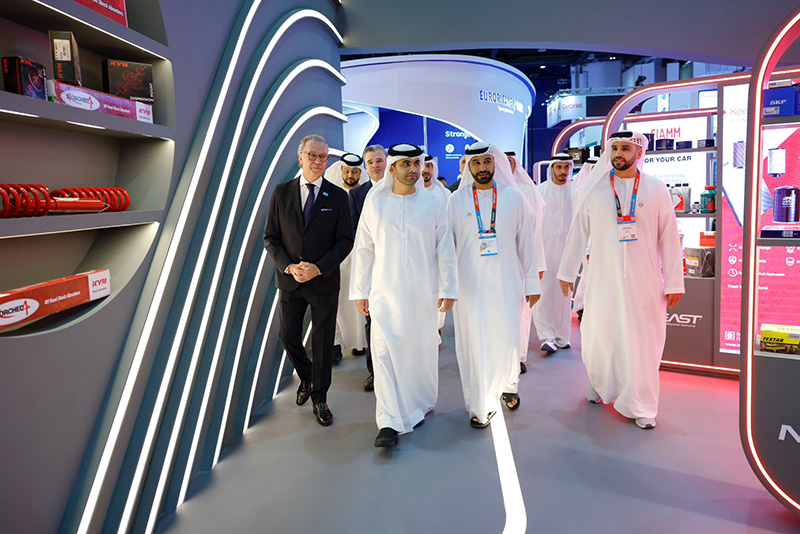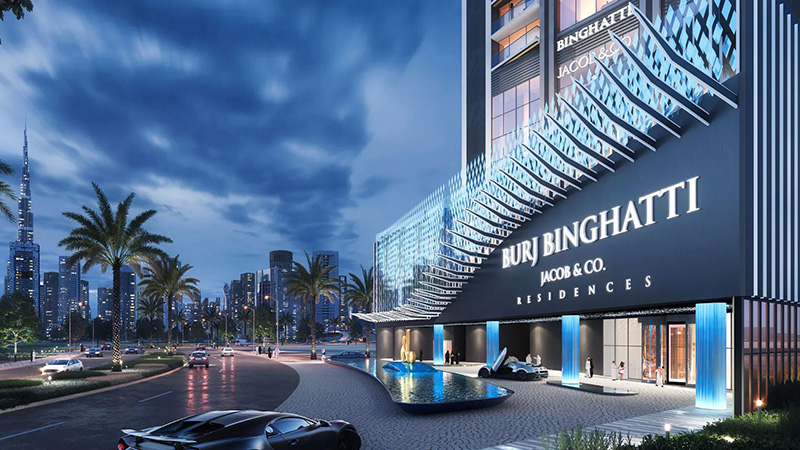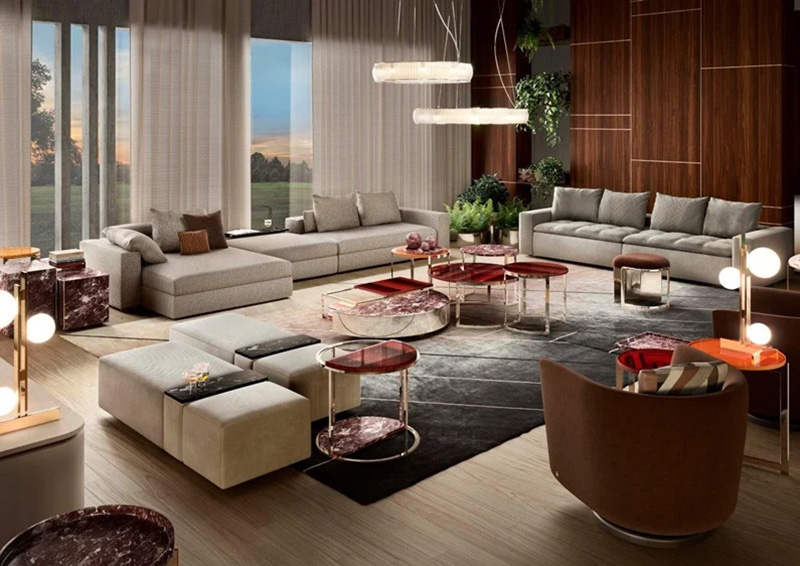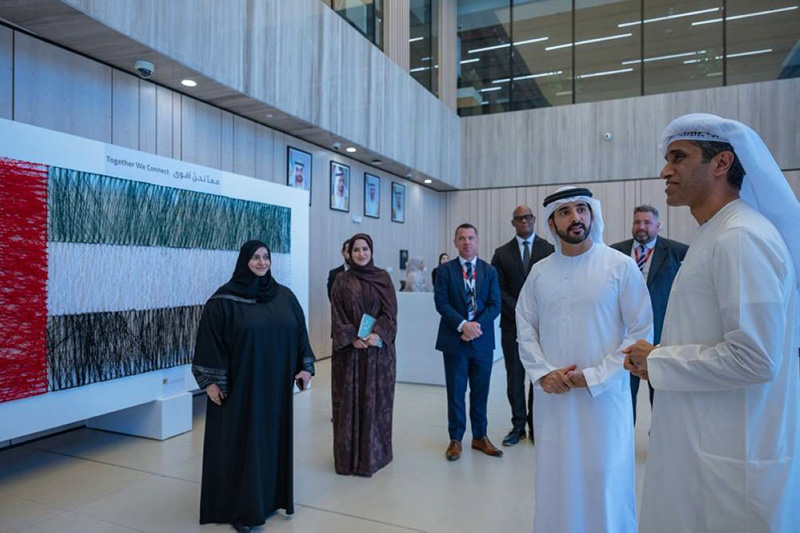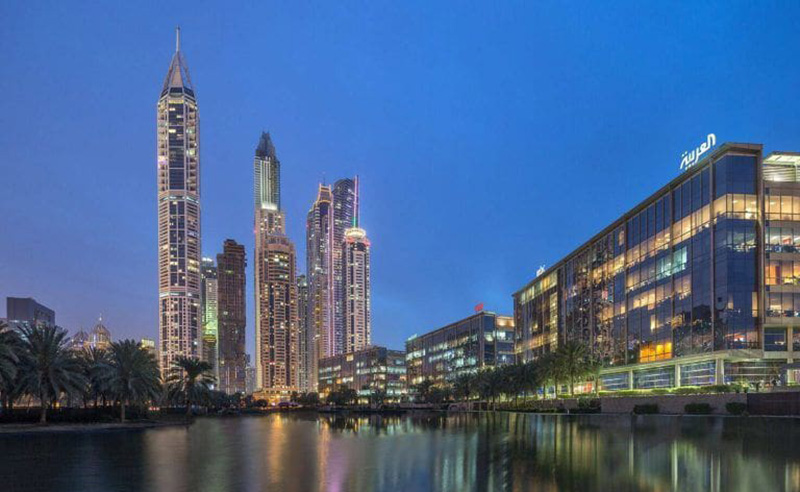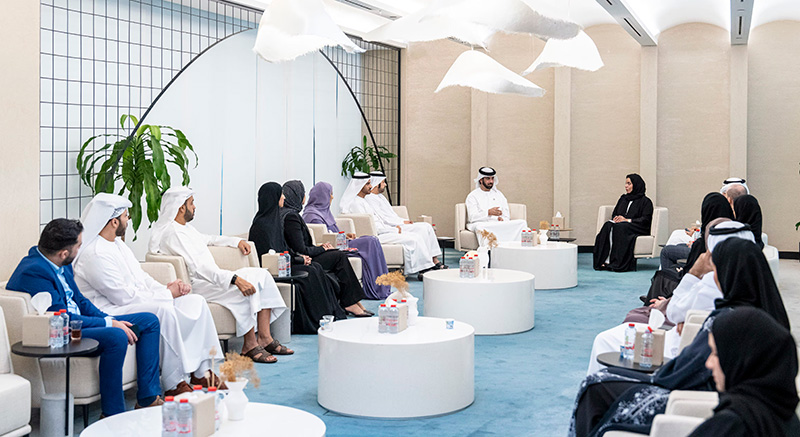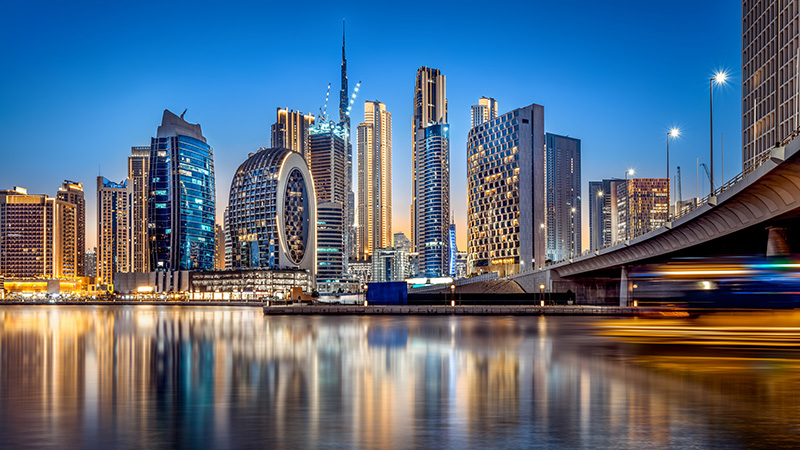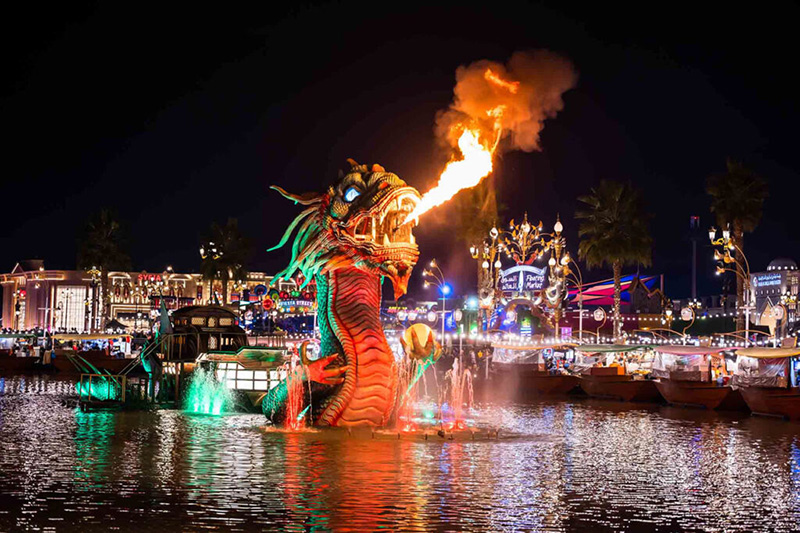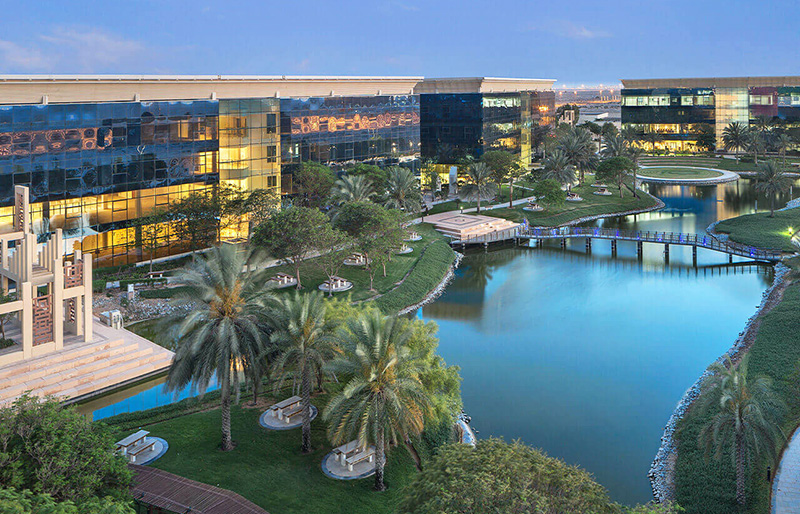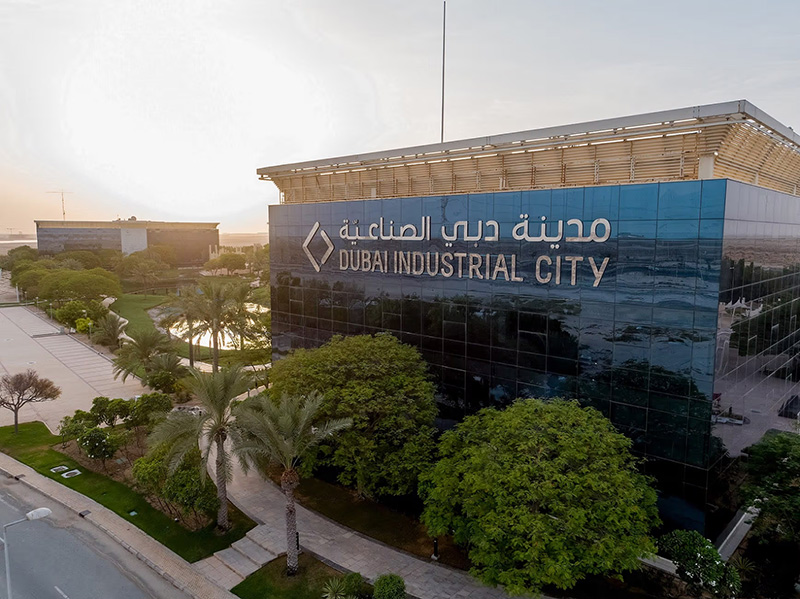
History shows that when a city commits to industrialization, it isn’t merely building factories, it is forging a new economic future and social contract. In the early 1960s, Singapore set out to transform Jurong, then a remote, crocodile-infested swamp, into an industrial estate. The plan, led by Finance Minister Goh Keng Swee, was met with deep skepticism and even nicknamed “Goh’s Folly.” Yet by the end of that decade, factories stood where mangroves once grew, and Jurong had become the industrial heartbeat of Singapore’s economy. That bold vision and investment turned a seeming folly into a national triumph, underscoring how strategic industrial development can reshape a nation’s destiny.
Half a century later, an equally ambitious experiment has been unfolding in the Arabian Gulf. Over the past two decades, Dubai has pursued a bold strategy to diversify its economy beyond traditional sectors and build an industrial base from the ground up. Central to this effort is Dubai Industrial City (DIC), launched in November 2004 as part of a broader plan to create a world-class manufacturing hub in the emirate. Guided by the vision of Sheikh Mohammed bin Rashid Al Maktoum, the then Crown Prince of Dubai, the project aimed to expand the emirate’s production capacity and provide a supportive environment for industry. The goal was clear: strengthen the industrial sector’s contribution to Dubai’s GDP, develop dedicated zones for manufacturing, and better connect investors to regional markets. In short, Dubai Industrial City was conceived as a practical step toward a more diverse and sustainable economy.
Background: A Vision Takes Shape
In the 1990s, Dubai’s leadership recognized that the economy of the future could not rely on advanced services alone, it also needed a productive engine to turn soft knowledge into hard value. By the early 2000s, as global trends shifted toward high-tech manufacturing, Dubai’s window of opportunity opened to establish an industrial foothold that could capture emerging supply chains, leveraging the emirate’s strategic position astride transcontinental trade routes. This led to the announcement in November 2004 of Dubai Industrial City as a project “to create a more balanced economic development model and increase the contribution of advanced productive sectors to GDP.” Soon after the launch of Dubai Industrial City, Sheikh Mohammed bin Rashid Al Maktoum emphasized the broader purpose behind such industrial initiatives. “Sustainable development means activating all sectors of the economy,” he said in a media interview, “and this requires creating the right climate by anticipating the future and preparing for the post-oil era… To achieve this mission, we must focus on fields of knowledge, science, and research… for they are the gateway to development and the industrial leap of the global economy.” This ethos, preparing for a post-oil future through knowledge-driven industry, set the tone as Dubai moved to turn its vision into reality.
From that moment, Dubai Industrial City became a laboratory for new industrial policies. The city’s initial blueprint centered on six specialized zones dedicated to key sectors, ranging from food and beverage and machinery to metal products, basic metals, transport equipment, and chemicals, coupled with generous incentives. Infrastructure was built to high standards, and customs and tax exemptions were put in place to attract early investment inflows. Over time, Dubai Industrial City expanded its footprint by an additional 13.9 million square feet of industrial land to meet growing demand for integrated manufacturing space. Twenty years on, the city is home to more than 350 operating factories across sectors like food, metals, machinery, plastics, and clean energy, serving a network of over 800 local and international companies. Industrial land occupancy has reached 97% according to the latest data. In practice, Dubai Industrial City is no longer just a logistics zone, it has become a platform for advanced manufacturing and innovation that places human capital at the heart of the development equation. It proves that investing in knowledge truly pays off when ideas are converted into production lines carrying the city’s mark to markets around the world.
Dubai’s top leadership recognized the significance of this industrial drive early on. By the beginning of 2016, as Dubai Holding’s various projects (including Dubai Industrial City) showed strong results, Mohammed Al Gergawi, then Chairman of Dubai Holding, the parent company of TECOM Group, which was charged with developing the industrial city and other specialized free zones, said: “Dubai Holding continues its outstanding performance, having become a main part of the fabric of the economy and daily life, and [is] executing its strategy to establish and support a knowledge economy based on continuous innovation in line with Dubai’s vision and ambition to transform into the smartest and most productive city in the world.” This statement underscored how deeply the industrial project had woven itself into Dubai’s broader development narrative.
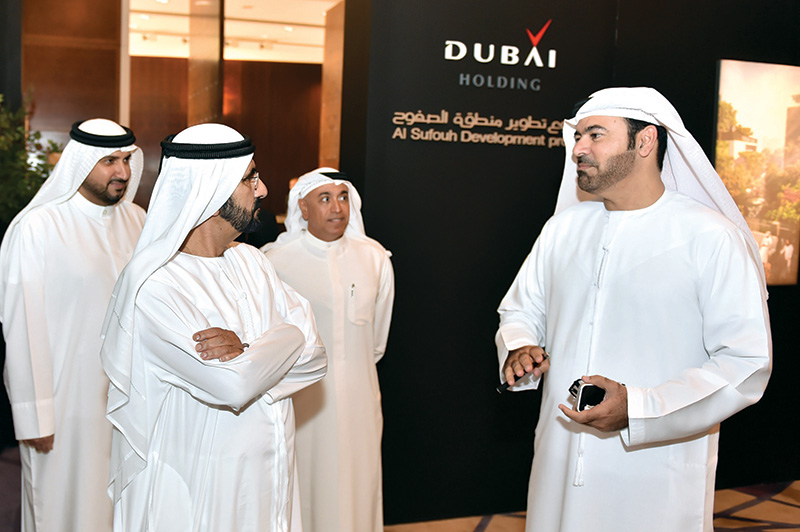
Laying the Groundwork
By the time Dubai officially launched the Industrial City in late 2004, the emirate had already laid much of the physical groundwork to host advanced manufacturing. The region’s largest seaport, Jebel Ali Port, was in place, alongside a rapidly expanding international airport. This powerful combination of sea, air and road links meant investors could import raw materials and export finished products with unprecedented ease, avoiding the costly delays that once plagued regional trade.
Equally important was the pro-business regulatory environment. Dubai’s network of free zones had been growing, and a customs exemption regime for goods processed within these zones drastically cut production and export costs. Inputs brought into free zones were duty-free, and goods re-exported to markets outside the Gulf Cooperation Council (GCC) also escaped tariffs, a setup that greatly increased the appeal of export-oriented manufacturing. Studies by government agencies at the time indicated that lifting bureaucratic hurdles and offering a flexible mix of industrial land options plus financial incentives would unlock massive capital flows into the manufacturing sector. In effect, world-class infrastructure, a unique geographic location, and an enabling regulatory framework all converged to form a “critical mass,” making the 2004 launch of Dubai Industrial City a calculated and promising move.
It was in this favorable context that Sheikh Mohammed bin Rashid, issued the historic decree establishing Dubai Industrial City in late 2004. The project formed part of Dubai’s ambitious strategy to diversify its economic base, and from the outset it was designed to attract industrial investors from around the globe. The city’s site was carefully chosen: over 52 square kilometers of land near Jebel Ali Port and what would later become Al Maktoum International Airport. This strategic location made the new industrial city a junction between East and West, able to leverage Dubai’s ports, airports, and highways to connect with regional and international markets.
From an organizational standpoint, the development of Dubai Industrial City was entrusted to Dubai Holding, founded that same year, through its specialized arm, TECOM Group, which manages many of Dubai’s industry-focused business parks. Dubai Industrial City today stands as one of ten business districts under TECOM, alongside well-known hubs like Dubai Media City, Dubai Internet City and Dubai Academic City. Being part of a larger holding structure provided vital financial backing and administrative support in the city’s early years, ensuring that the ambitious plans had the institutional muscle needed to see them through.
Two Decades of Growth: 2004–2025
After the grand announcement in 2004, Dubai methodically set about building an industrial ecosystem from the ground up. In its foundational phase, the focus was on heavy infrastructure. A sprawling warehouse complex covering 22 million square feet was constructed in three stages: the first phase was completed by mid-2008, the second by the end of that year, and the third was readied for leasing by mid-2009. This early achievement, millions of square feet of ready logistics and factory space, provided Dubai Industrial City with roads, utilities, and facilities capable of supporting initial factories even as the 2008 global financial crisis hit. Though the crisis temporarily slowed investment, timely government support measures helped sustain development momentum and prevent the project from stalling.
As the economic downturn receded, between 2009 and 2014 Dubai Industrial City entered a phase of sectoral expansion. New projects in metals, building materials, and logistics took root, capitalizing on the city’s proximity to Jebel Ali Port and the new Al Maktoum Airport. Upgraded power, water, and communications networks bolstered this growth. The result was a solidification of Dubai’s position on the region’s industrial map, as Arab and international capital flowed into manufacturing sectors fueled by the Gulf’s rapid urbanization and construction boom.
Around 2015, the strategy pivoted toward higher-value manufacturing. Electronics production lines were set up, and an electric vehicle assembly facility was established with an initial capacity of 10,000 cars per year in a 45,000-square-foot plant, later expanded to 55,000 cars annually to meet growing demand for green mobility in Gulf markets. This shift coincided with the launch of the UAE Ministry of Industry’s “Operation 300 Billion” initiative, a nationwide plan to stimulate industrial growth. Operation 300 Billion set out to boost the UAE’s industrial GDP from AED 133 billion to AED 300 billion by 2031 and heavily promoted research and development in clean energy technologies. These national policies reinforced Dubai Industrial City’s role as a platform for industrial innovation, aligning the city’s growth with the country’s broader push into advanced manufacturing and technology.
With the onset of the Fourth Industrial Revolution (Industry 4.0) around 2019–2021, Dubai Industrial City saw early adoption of next-generation technologies. Select factories introduced automation systems and artificial intelligence for data collection and efficiency gains, while partnerships with universities were forged to drive applied research and nurture local talent in digital manufacturing and robotics. In these years, the city effectively became an incubator for smart industries in the Gulf, piloting innovations that would later spread more widely.
The momentum reached a peak between 2022 and 2025. During this period, Dubai Industrial City signed a series of agreements with Asian manufacturing firms, a large share of them from China, to establish or assemble electric vehicles and renewable energy equipment on its grounds. More than AED 410 million was invested to add further industrial real estate, expanding the city’s land area once again by nearly 14 million square feet. By the first quarter of 2024, land occupancy in the city had climbed to 97%, and the number of client companies had surged past 1,000. Dubai Industrial City had effectively become the execution arm of Dubai’s Economic Agenda “D33” (the emirate’s strategy to double the size of its economy by 2033) and a first line of defense in strengthening local supply chains against global disruptions.
Across two decades of continuous development, Dubai Industrial City has evolved from a hopeful infrastructure project into a fully integrated regional manufacturing platform. It links a skilled workforce with advanced industrial technologies and, in doing so, has redrawn the Middle East’s manufacturing map. What began as a desert vision in 2004 is now a tangible engine of production and innovation, demonstrating how far-sighted economic planning can yield transformative results in a relatively short time.
Government Policies Driving Growth
The impact of Dubai Industrial City’s growth is clearly reflected in official data. By the end of 2024, the number of companies operating within the city exceeded 1,100, an increase of over 10% compared to the previous year. This steady rise in businesses, reported in local media to include thousands of leading global and regional firms, has cemented Dubai Industrial City’s status as one of the largest industrial clusters in the Middle East.
It’s not just the company count that tells the story. The city now hosts more than 350 factories in production, up 16% from a year earlier. These facilities span a broad range of industries, from food and beverages to pharmaceuticals, plastics, and metal fabrication. Notably, the food and beverage sector alone accounts for over 300 factories operating inside Dubai Industrial City, making Dubai a crucial regional hub for food processing and food security, a role that gained prominence after the global supply shocks of the COVID-19 pandemic.
Investment has followed this industrial upswing. In 2022 and the first half of 2023, the city attracted roughly AED 2.8 billion (USD 760 million) in new investments, with a large portion flowing into food production and advanced manufacturing projects. The momentum continued through 2024: that year, Dubai Industrial City drew nearly USD 350 million (about AED 1.3 billion) of additional investment in the food and beverage sector. Toward the end of 2024, authorities announced a slate of new industrial projects worth almost AED 1 billion combined including a rubber belt factory by the Universal Group and a polymers plant by Stars Plastics Industries, further diversifying the city’s manufacturing base.
All this development has driven demand for space to an all-time high. Industrial land occupancy in Dubai Industrial City reached approximately 97% in the first quarter of 2023, with an annual growth rate in occupied space of about 12%. The expanding production capacity is also feeding into the wider economy: the manufacturing sector contributed around 8.4% of Dubai’s total GDP in 2024 and accounted for 6.2% of the emirate’s GDP growth during the first nine months of that year. At the national level, manufacturing’s share of the UAE’s GDP climbed to nearly 10% in 2022, and the country’s industrial output surged to about AED 205 billion by 2023 putting it on a fast track toward the 2031 targets set by Operation 300 Billion.
Growing industrial output has translated into rising exports as well. The UAE’s industrial exports exceeded $50 billion in 2023, and Dubai Industrial City has contributed to this export push by virtue of its logistics advantages. The city’s proximity to Jebel Ali Port “the world’s ninth busiest container port” means that goods produced in Dubai Industrial City can be shipped efficiently worldwide. This tight integration of manufacturing and trade adds an extra layer of resilience to Dubai’s economy, improving the trade balance with each new shipment that leaves the city’s factories.
It’s worth noting that Dubai’s industrial expansion is not just about quantitative growth, there is a deliberate qualitative focus on sustainability and innovation. Many factories in Dubai Industrial City have implemented energy efficiency programs and waste recycling systems to minimize their environmental footprint. Meanwhile, regulators closely monitor performance indicators to ensure that rapid expansion goes hand in hand with gains in productivity and environmental compliance. The combination of robust growth figures, from the surge in companies and factories to hefty investment inflows and high land uptake, and this commitment to sustainable, tech-driven industry shows that Dubai Industrial City has successfully translated vision into measurable reality in a short span of time.
Urban Expansion and Social Impact
Dubai Industrial City has turned Dubai’s southern periphery into a living demonstration of how production can anchor a balanced society. Residential districts, complete with schools, clinics and cafés, have emerged around the plants, giving workers and professionals a short commute and a genuine neighbourhood to call home. Universities and technical institutes, embedded in this milieu, collaborate with factories on live manufacturing problems and sponsor student projects, ensuring that innovation circulates between classroom and assembly line. From inception, the city hard-wired sustainability: closed-loop water systems, industrial-grade recycling and a direct link to the Mohammed bin Rashid Solar Park keep resource use consistent with the Clean Energy Strategy 2050. The result is an industrial quarter where economic output, social cohesion and environmental stewardship reinforce one another, proof that heavy industry need not come at the cost of liveability or long-term resilience.
Dubai Industrial City now enters a more advanced and competitive phase, where the integration of Fourth Industrial Revolution technologies, from AI and IoT to 3D printing, will define its evolution. To stay ahead, continued investment in digital infrastructure and workforce upskilling will be crucial, especially in fields like robotics, data science, and smart manufacturing. Globally, the race to attract high-tech industries such as semiconductors, biopharma, and electric vehicles is intensifying, requiring Dubai to offer ever more compelling incentives, from IP protections and R&D grants to tailored facilities and lifestyle advantages.
National strategies such as the Dubai Economic Agenda D33 and “We the UAE 2031” vision offer a strong policy foundation for this shift. If Dubai Industrial City can remain agile and responsive, it stands to become both a proving ground and a catalyst for the UAE’s transition to a diversified, innovation-driven economy.
